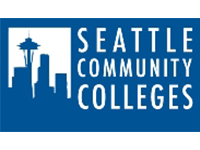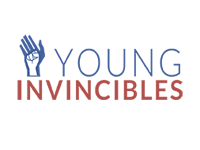More Opportunity for Rhode Island Youth to Attend College
•Linda Borg, Reporter
PROVIDENCE — Two organizations that care about increasing opportunities for youth came together Thursday at the Rhode Island Foundation to talk about improving college access in Rhode Island.
Rhode Island Kids Count is a well-known child advocacy and research group.
Opportunity Nation, a national nonprofit dedicated to rebuilding economic opportunity, is a newcomer to Rhode Island. Elizabeth Clay Roy, deputy director of Opportunity Nation, said Rhode Island is one of eight states targeted for greater involvement by her group.
Opportunity Nation does many things. It pushes for the adoption of national legislation such as the American Dream Accounts Act, which would give low-income students more help with the college application process. It also invites state leaders from education, business and the nonprofit community to develop plans that will assist youth in finding meaningful work and attending college.
Opportunity Nation has also created an “opportunity index” that measures how successful states are at providing access to economic and social mobility. The index evaluates each region’s economic, educational and civic health using data from the U.S. Census Bureau and other public sources.
This year, the organization is focusing on educational opportunities, specifically improving high school graduation rates, strengthening vocational schools and making college more accessible and affordable.
Several Rhode Islanders have joined Opportunity Nation as youth scholars, including Chase Baptista, the former co-director of Young Voices, a Rhode Island student advocacy group.
Rhode Island already has put together many of the pieces to improve the lives of young adults in Rhode Island, educators said. What’s missing is a shared commitment, a shared passion, to make it happen, said Eva-Marie Mancuso, chairwoman of the state Board of Education.
Governor Chafee, she said, has committed $115 million to education over three years but he and other leaders, including her board, need to get out there and sell it.
“We need to build trust,” Mancuso said, alluding to the rift between teachers and the state’s education leaders. “We need to explain what we’re doing in six or seven languages. In churches and community centers, in Boys and Girls Clubs, we need to shout it from the mountaintop.”
State Education Commissioner Deborah A. Gist was just as blunt in her assessment of what needed to happen for students in Rhode Island.
Not everyone needs to go to college, she said. But the students — not the adults — must make those decisions. Schools can no longer relegate a group of students to the lower rungs of academia.
“We can’t say, ‘Not everyone needs to go to college’ and mean other people’s children,” Gist said. “Research shows that the skills needed to go to work or join the military are the same academic skills needed to attend college. These children need to hear what we heard as children — that they can do anything.”
Kids Count, in its report, illustrated the disparities that exist between affluent and low-income communities. Barrington has a 94 percent graduation rate; 74 percent of those graduates enrolled in college within six months. Providence, however, has a four-year graduation rate of 64 percent but only 38 percent of those students had enrolled in college within six months.
What are the barriers to graduation and college enrollment? Academic tenacity, including the ability to cope with failure and disappointment, says Kids Count. College knowledge: students are more likely to go to college when adults help them with the application process and assist them in finding a college that’s a good fit. The percentage of students who take the SAT or ACT is also strongly connected to college enrollment, according to Kids Count.









